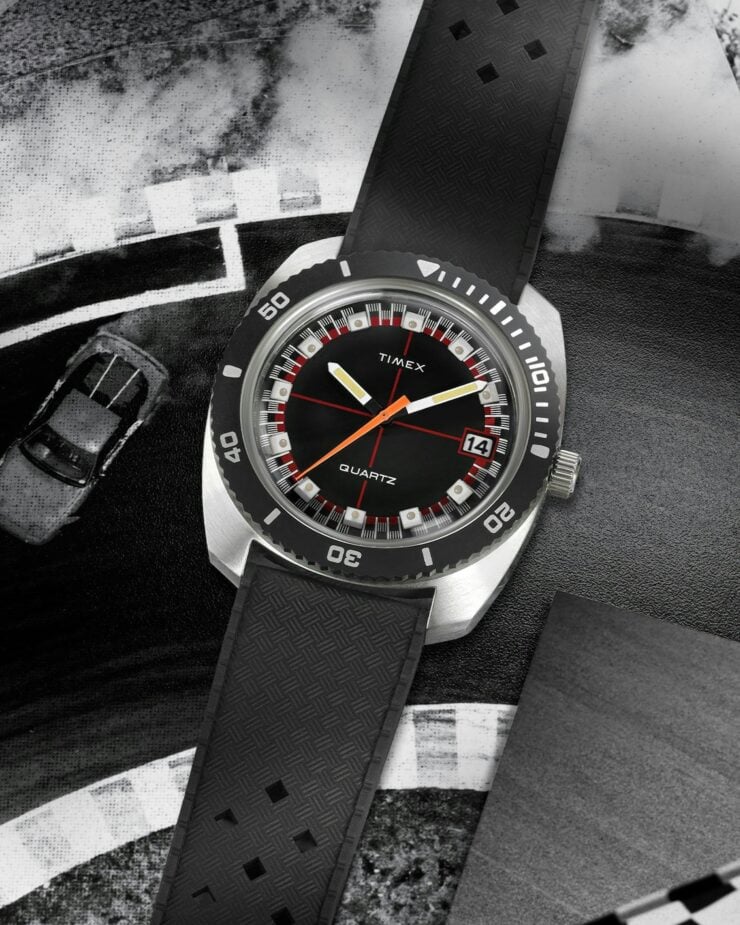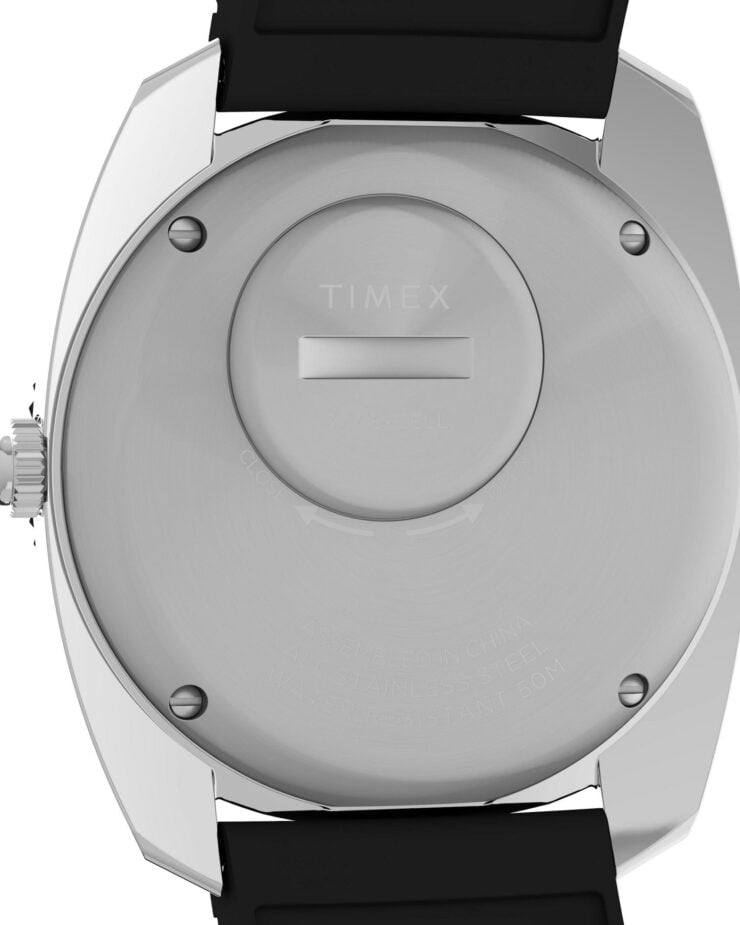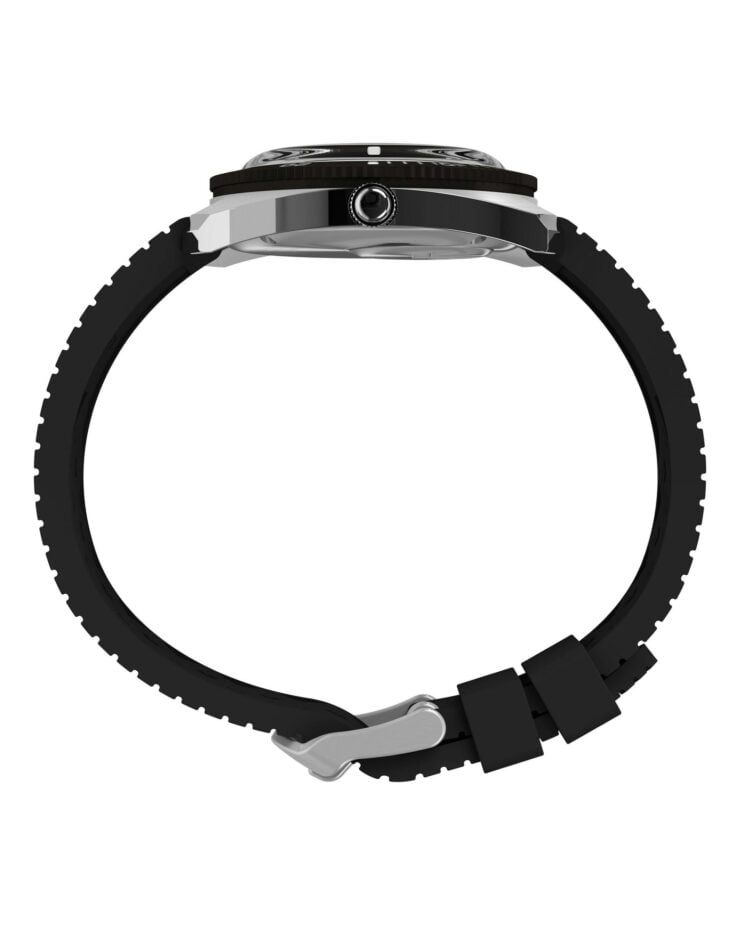This is the Q Timex Reissue 1971 Velocity watch, it was first released in 1971 as the name suggests as one of the first motor racing inspired quartz watches from the American company.
The 1970s were a time that saw a paradigm shift in the watchmaking world away from mechanical movements towards electronic quartz-based movements. Suddenly it was possible to make highly-accurate watches for far less than a traditional Swiss movement, and it very nearly killed off high end watchmakers entirely.


Timex: A History Speedrun
The company that would become Timex was founded in 1845 in Connecticut, as the Waterbury Clock Company. The firm made a significant impact on the industry by making clocks affordable through mass production, this low-cost approach would define the company throughout its entire history.
In the 1880s, they revolutionized the watch industry by introducing the “dollar watch,” bringing personal timekeeping within the economic reach of the average American for the first time. Waterbury sold so many dollar watches that they became almost the smartphone of their time – an essential device carried by countless people across the country.
After World War II, the company, then known as the United States Time Corporation, launched the Timex brand in 1950. These watches were marketed for their affordability and toughness, a tradition that would continue to be a cornerstone of the brand. Timex gained widespread popularity in the 1950s and 1960s, especially with its memorable advertising slogan “It takes a licking and keeps on ticking.”
The 1980s saw Timex adapt to the digital revolution. They introduced digital watches, including the iconic Ironman Triathlon watch in 1986, which became an instant bestseller. In the following decades, Timex continued to innovate by integrating new technology into its watches, including the “Indiglo backlight” and GPS features.
In more recent years, Timex has developed a line of more classically-styled watches that often use automatic movements and feature designs that look vastly more costly than they actually are.
Q Timex Reissue 1971 Velocity Watch
The Q Timex Reissue 1971 Velocity watch is a re-release of an important early Timex design – the “Q” before the brand name stands for “quartz.” This model was designed as a motorsport-inspired watch with a bright orange second hand and a friction-fit aluminum top ring with a time scale to measure elapsed time.
Checkered flag detailing can be seen along the indicators and the hour markers are designed to catch the light, offering good visibility at a glance. The watch has a date window at 3 o’clock, and it’s water resistant to 50 meters.
The case is made from stainless steel and it comes with a scratch-resistant, domed acrylic crystal, a synthetic rubber strap, and the movement is powered by a SR626SW type button battery that’s user-replaceable.
The watch is now for sale on Huckberry with an MSRP of $179 USD, it comes with free US shipping, free US returns, and a best price guarantee. If you’d like to read more or get your own you can visit the listing here.




Images courtesy of Huckberry









